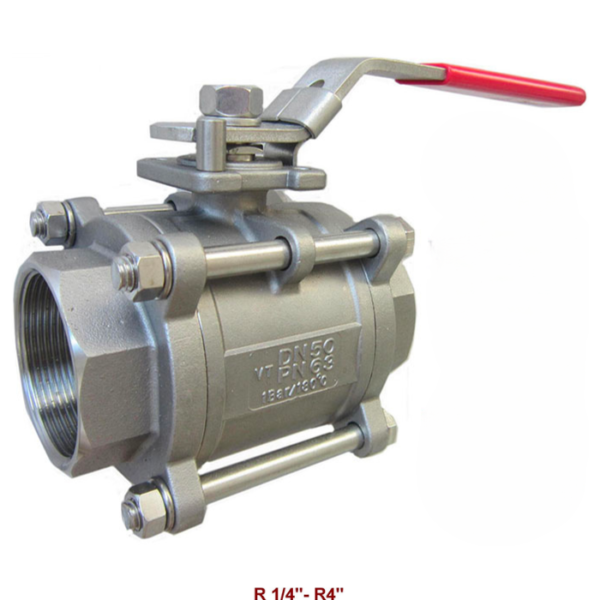Our brass ball valve is used to control fluids, and the area through which they pass to cut, distribute and change the direction of flow in the network. It has low pressure drop, high performance, small size and weight, low torque and easy and fast opening and closing operation. It is characterized by a long service life and provides reliable tightness throughout it, even when the valve is not used for a long time.
The valve in its standard construction opens and closes using an actuator (electric/pneumatic) quarter turn (90º) that rotates the shaft attached to a ball with a hole that is floating as it rests on the two PTFE (Teflon®) seats. ) of the valve, in such a way that it allows the passage of the fluid when the ball hole is aligned with the inlet and outlet of the two bodies of the valve. When the valve is closed, the orifice will be perpendicular to the inlet and outlet. It has a base in its upper part in accordance with ISO 5211, which is the international standard that specifies the requirements for fixing part-turn actuators to industrial valves.
It is mainly used to control the on/off flow of fluids. The brass ball valve is also suitable for steam, water, oil, gas, air, and some corrosive media. It is more resistant to contaminated media than other valve (gate) types and continues to ensure a reliable seal, even in the case of dirty media.
Brass is very malleable and can be soldered. Brass makes ball valves economical and withstand high pressure, temperature and flow applications.











